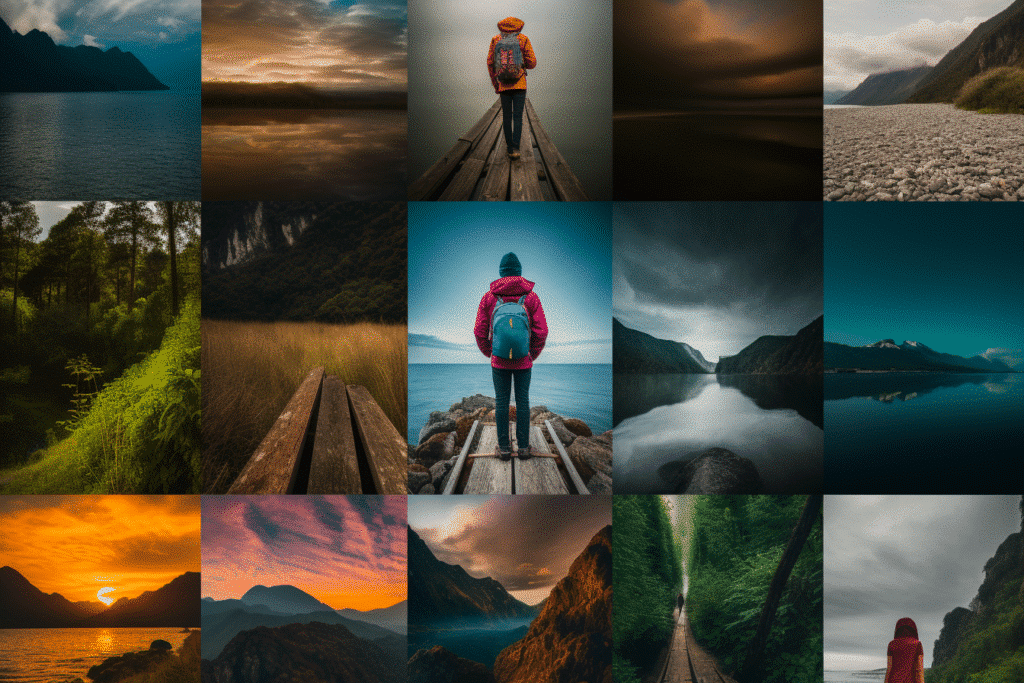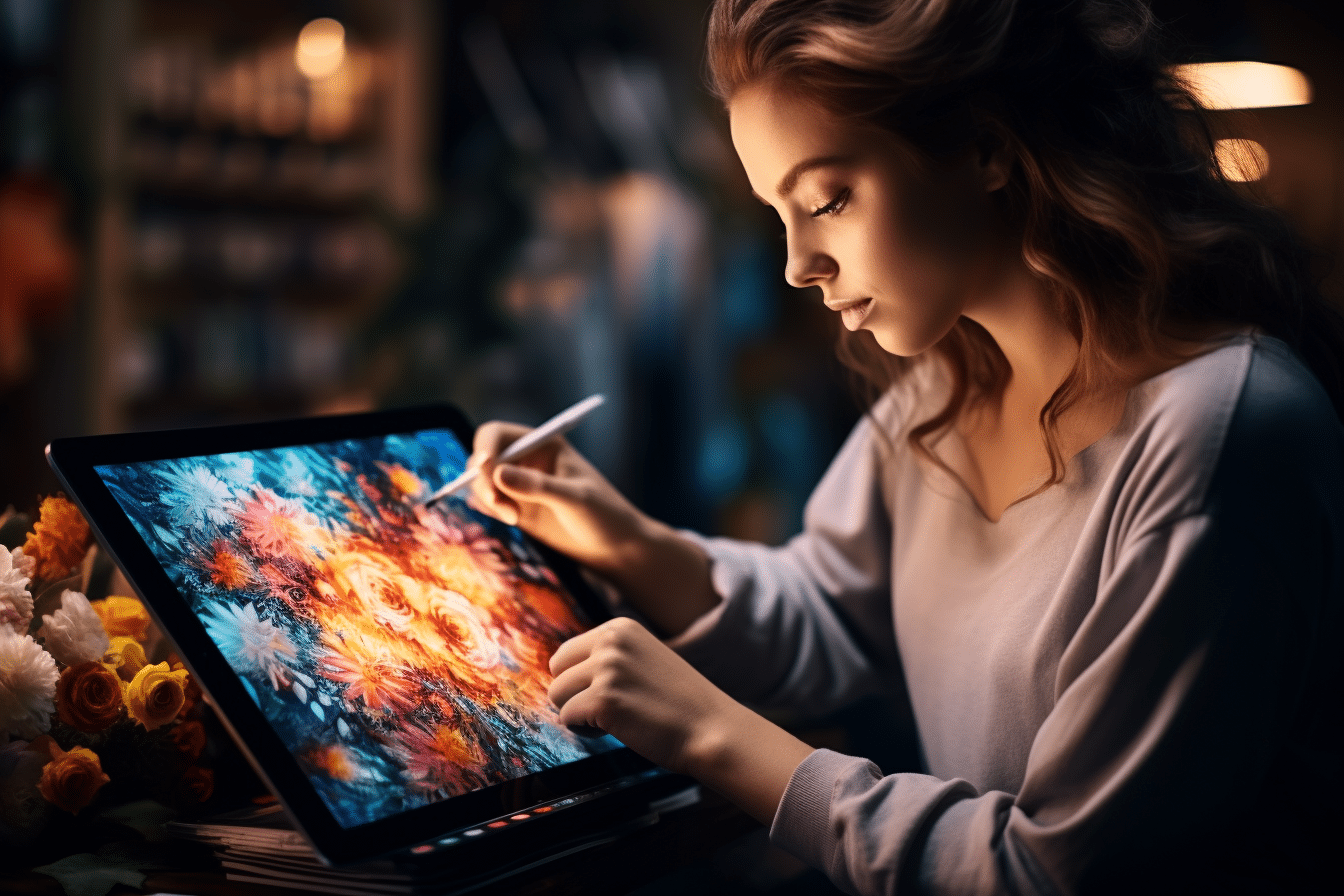The intersection of artificial intelligence (AI) and graphic design heralds a new era of creative synergy. As AI integrates into design platforms, the role of the graphic designer is evolving, not diminishing. Far from replacing human talent, AI tools like Uizard, Galileo AI, and Adobe Firefly are enhancing the capabilities of professionals, streamlining tedious tasks, and freeing up time for more creative pursuits.
The AI Advantage
AI tools are revolutionizing the way graphic designers approach their craft. With Uizard, for example, individuals with minimal design skills can bring sophisticated web and app designs to life, bypassing the steep learning curve traditionally associated with digital design.
Similarly, Galileo AI’s ability to turn text descriptions into complex user interface designs can accelerate the prototyping phase, enabling designers to quickly move from concept to visual framework.
Practical Magic with Midjourney
Midjourney (Version 5) exemplifies the practical magic AI brings to the table. Rather than just broadening the horizons of what’s possible in the abstract, it translates the designer’s vision into tangible assets. Imagine needing a specific image or visual element that you have perfectly pictured in your mind – instead of sifting through countless stock images, Midjourney can generate that unique element on demand. This capability not only saves time but also ensures that the final design is truly original and closely aligned with the project’s vision.

The Collaborative Model
AI is redefining collaboration in the design world. By automating routine tasks, AI platforms allow designers to concentrate on the creative aspects of their projects that cannot be replicated by machines, such as conceptualizing narratives and crafting visual stories that resonate with audiences.
This collaborative model between human and AI is fostering a more innovative approach to design, where the limits are defined only by the imagination.
AI-Enhanced Creativity, Not AI-Driven Replacement
The narrative of AI as a threat to the graphic design profession is unfounded. Instead, AI should be viewed as a catalyst for growth and innovation. As AI takes on the more mechanical aspects of design, it empowers designers to delve deeper into the artistry that defines their work.
In this new collaborative environment, the future of graphic design is not only secure but also primed for a level of creativity and efficiency previously unimagined.

